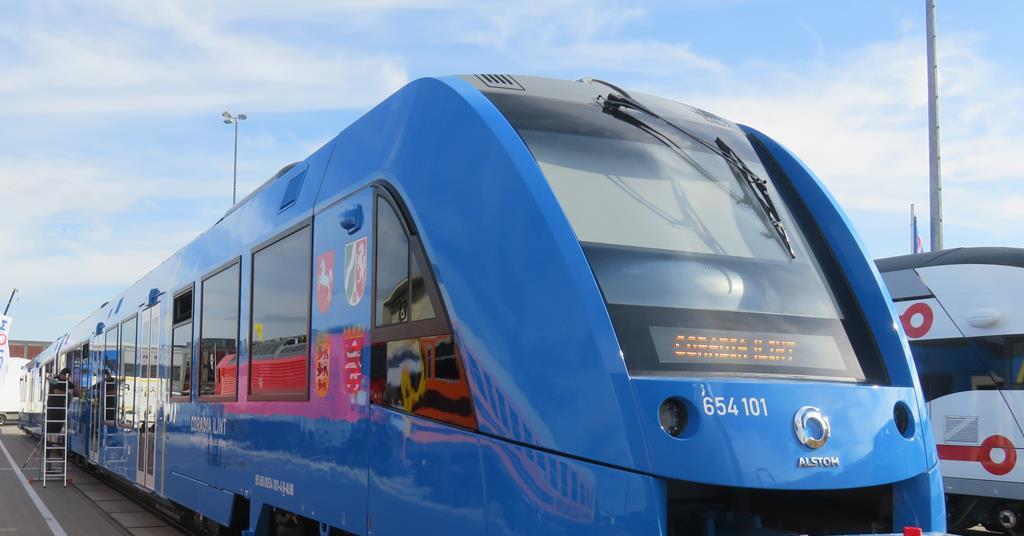ssiguy2
Senior Member
Hydrogen definitely has excellent applications but it still suffers from a lack of production and distribution infrastructure. For shorter suburban/RER type systems I think battery is the way to go but hydrogen is still very much a viable option.
As far as larger applications like long-distance train travel, freight, transport trucks, agricultural machinery, air travel, ferries, docking equipment, cruise passenger ships etc hydrogen is the ONLY option. There is no second place. Contrary to what some here might think, we are moving into a hydrogen world whether they like it or not. There is no other energy source that is even being developed little alone realistically being applied than hydrogen. Battery powered urban transportation development will greatly help reduce emissions but only hydrogen offers the universal applications that are necessary if we are to make the urgent transformation to a zero-emissions world.
Hydrogen skeptics better start realizing that fact because it is exactly that.....a fact. Sorry to be so blunt but anyone who doesn't accept that reality is either woefully uninformed or nothing short of dilusional.
As far as larger applications like long-distance train travel, freight, transport trucks, agricultural machinery, air travel, ferries, docking equipment, cruise passenger ships etc hydrogen is the ONLY option. There is no second place. Contrary to what some here might think, we are moving into a hydrogen world whether they like it or not. There is no other energy source that is even being developed little alone realistically being applied than hydrogen. Battery powered urban transportation development will greatly help reduce emissions but only hydrogen offers the universal applications that are necessary if we are to make the urgent transformation to a zero-emissions world.
Hydrogen skeptics better start realizing that fact because it is exactly that.....a fact. Sorry to be so blunt but anyone who doesn't accept that reality is either woefully uninformed or nothing short of dilusional.
Last edited:





